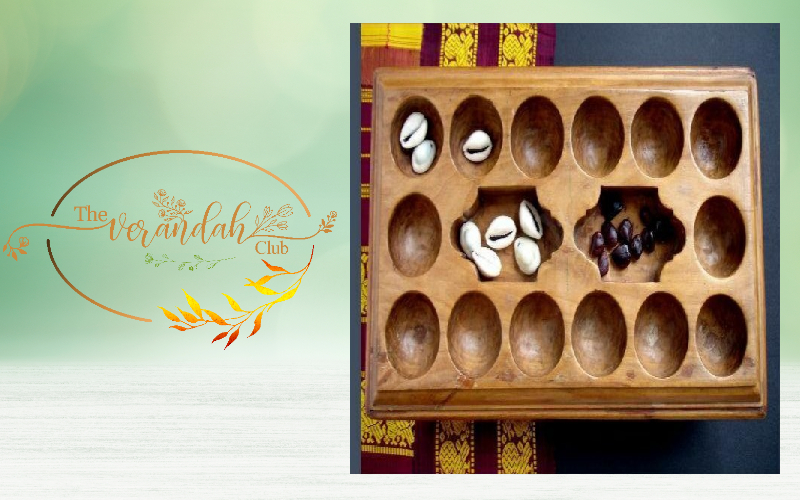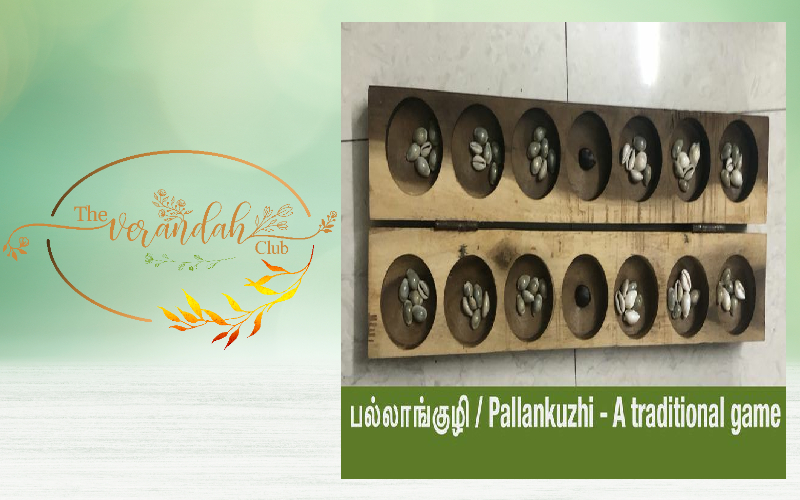
Traditional games are often linked to the culture and language of its land of origin. They have been passed down from one generation to another and their origins go back to centuries. Hence, the games indirectly inculcate the moral and cultural values that were held important by the founding tradition and pass this heritage down to those who play them. This happens in the form of behavior that is encouraged by the game or even the songs sung whilst playing as many comprise of folktales or historical stories.
In contrast, the modern games usually encompass digital games and relatively new game inventions. They do have their fair share of cognitive benefits ranging from improved problem-solving skills to spatial navigation abilities. Kids also get better acquainted with technology through the digital games, a vital component of modern day living. However, modern games also tend to be isolating, victory-oriented and in most cases, sedentary. Hence, it is important to inject a few traditional games into the playtime to counteract these ‘adverse’ effects and better optimize the benefits of taking the time off to play!
However, the humble playthings and games of the past seem to be receiving a less royal treatment. Is it because traditional games have become irrelevant and redundant now, meriting only a nostalgic moment or two in our lives? All these have been chucked aside except for some fond recollection of the good old days spent with the extended families during the long vacations.
The best way to bring back the glory of our traditional games is that we need to look at introducing them in schools. We can bring in the history of these games to aid the multidisciplinary approach where students enjoy the benefits of the holistic education. We have introduced the traditional games day in our school as an annual feature. What we have found is that the traditional children's games stimulate their growth, physically as well as intellectually. It is a great source of learning that improves the brain's speed. The teachers recorded the cognitive benefits such as improved eye - hand coordination, improved problem-solving skills, attention, concentration, enhancement of memory and multi-tasking skills. Also, it benefits the nerve endings and circulation due to their usage of tiny seeds, which require nimble finger movements. Children are also exposed to their mother tongues when they play these games, which can aid in increased usage and/or development of this language.

Pallanguzhi – Passuppandi is one such traditional games which as children we were never tired of. This game has its origin in Chola Dynasty. The game board is usually made out of good quality wood or alloy metal. It is an indoor game, played by two people. This game can also be played with 3/4 players also by dividing the cups accordingly into 4/3 cups per person. It is a strategic game with skillful moves and memory about the position and number of coins kept in the opponent's pit. The game board has 14 pits. This game used to be popular among the kids and old people.
The game involves distributing seeds into pits on a board to accumulate as many seeds as possible in your designated pits.
How to Play
Two Players:
The board totally has 14 cups divided into 7 cups on each side. The center cup in both the sides is termed as ‘Kasi' (Meaning, it’s common for both whoever acquires it during the game).
We must fill each cup with 12 seeds (sozhi/ manjadi/ tamarind can be used) leaving ‘Kasi’ either empty or with one different seed to identify it as the ‘Kasi’.
The player whoever starts first will pick seeds from her side and drop one seed in each cup clockwise. When she drops the last seed, she needs to take seeds from the next cup and continue to drop seeds until she reaches an empty cup/the Kasi cup. The seeds in the cup which is next to the empty cup is earned by the player. If it’s the Kasi cup, then the player does not earn any seed and the next player can start her turn.
In case, the player stops her turn as it is empty and the next cup after the empty one is the Kasi then it means the player has earned the Kasi cup. She can take the entire seeds from the Kasi in the end of the round. Suppose if the same situation comes to the second player as well, then the Kasi will be shared. Suppose if no one acquires the Kasi in Round 1 then the seeds in that cup remain to be in that cup itself. The seeds will be accumulated until someone acquires it.
When the cup contains 6 seeds, those seeds can be taken by the player (from their side) and add them along with the earned seeds. When the board has no coin left to play round 1 gets over. Round 2 should be started with the help of the earned seeds of the players. They need to fill their cups with the earned seeds. For those cups which did not have 12 seeds, they are not used for that round. So, when the player plays, no seeds are dropped in those cups.

Suppose in the next round if they earn more seeds, they can fill those cups which was not used in the previous round.
Finally, when one of the players do not possess enough seeds to fill even a single cup will become the loser and game will end there!
However, this game emphasizes sharing (done strategically of course!), as no player will be able to hoard all the seeds in their own pits. Even if one attempts to do so, there will always be instances where they will be forced to distribute/share their seeds to keep the game going. In fact, grandmothers can often be heard advising their grandchildren to "share to win!”
Hence, traditional games reemphasize the values that were held important by our cultures, allowing us to understand our roots, thus giving us a clearer sense of identity and belonging.
Kamakshi Jayaram is an academician cum educationist. She carries with her decades of experience and is keen to share the same with the world of today. Kamakshi is part of www.wow-schools.org. She is deeply interested in music and practice of Indian tradition.
NEXT ARTICLE

Indian parents today are increasingly concerned about their children's limited exposure to the country's rich culture, heritage, and history. Recogniz...

2nd May, 2025In a world increasingly dominated by fleeting digital entertainment, SahilRaje Shirke, an entrepreneur with a deep-rooted passion for Ind...